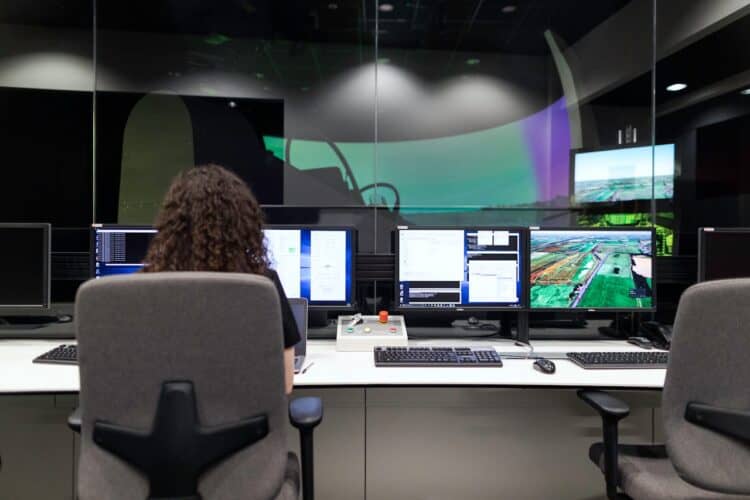Robotics simulation software is a pivotal technology for expanding automation in reshoring manufacturing initiatives. It provides a streamlined and robust pathway for innovation adoption and future-proofing facilities and workflows across the automation landscape.
ABI Research predicts that the design and development simulation software revenue will grow at a 21.6% CAGR to the end of the decade. The firm attributes this growth to the need for rapid prototyping, training, and the testing of robotics products from incumbent robotics companies and emerging disrupters. ABI Research predicts the robotics simulation software market will reach US$1.4 billion by 2030.
Other use cases for simulation
Beyond simulation software for robotics design and development, utilizing simulation for operation and planning has become an indispensable tool for real-world robotics deployments. Operational simulation software encompasses tools for Virtual Commissioning, Offline Programming (OLP), and Digital Twins.
“Virtual commissioning is about maintaining output. Stakeholders cannot afford the weeks of production downtime that have historically accompanied the integration of new robots. Some vendors claim that virtual commissioning can reduce deployment times by 60%,” said George Chowdhury, robotics industry analyst at ABI Research.
OLP software is another tool that expedites robot deployment. General purpose or retrainable robots are currently at the forefront of innovation and promise to add considerable value to previously monotask workflows.
Teaching new jobs—notably for high-mix, low-volume production—to a robot is easily achieved with OLP tools.
Digital twins will take root and become critical for maintaining and updating automation. “It is likely that digital infrastructure will become the most important facet of simulation and engulf much of the functionality as virtual commissioning and OLP combined,” Chowdhury points out. Digital Twin revenue will grow at a CAGR of 9.3% compared to 6.4% for virtual commissioning and 8.5% for OLP.
Ultimately, simulation software will grow in lockstep with expanding robotics deployments. Although large digital transformation specialists such as Siemens and ABB will have large sway over developments within manufacturing plant settings, the pace and scope of automation through robotics will create plentiful markets for smaller innovators to capitalize on.
Increasingly, NVIDIA, through Isaac, is providing the go-to platform for smaller simulation companies to showcase and augment their products.



